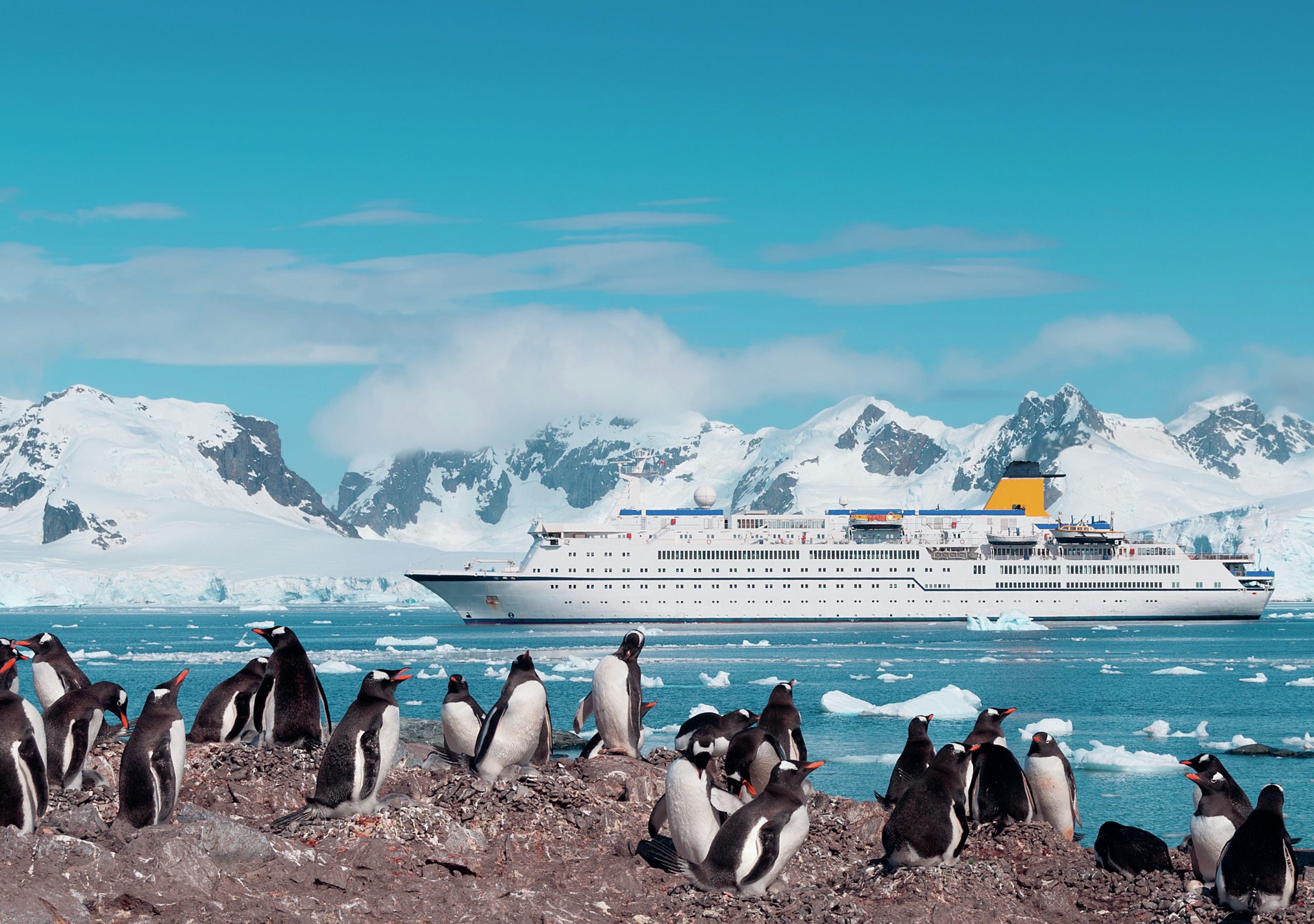
The term ‘cold environments’ includes all forms of ice on Earth, but the largest areas of ice on land are the major ice sheets in the Arctic, particularly Greenland, and the Antarctic. These areas are becoming increasing popular with tourists. The natural beauty and wildlife attract visitors including photographers, naturelovers and conservationists. Tourists can try activities such as snowmobiling, ice fishing and husky-sledding.
For people in the UK, access to the Arctic is relatively easy with direct flights from several airports to northern Europe, from where tourists can either fly further north or join a cruise. Antarctica is less accessible, the best option from the UK being to fly to Argentina and then take a cruise. Currently this limits numbers visiting the area, but with greater personal wealth, falling costs of travel, and increased leisure time, numbers may rise. For some, climate change may create a greater sense of urgency.
Your organisation does not have access to this article.
Sign up today to give your students the edge they need to achieve their best grades with subject expertise
Subscribe




